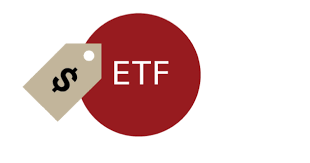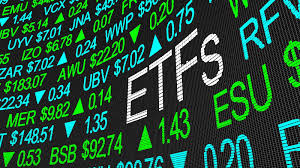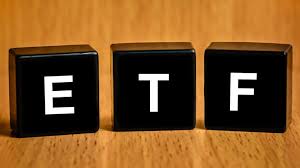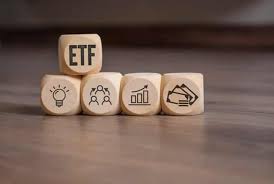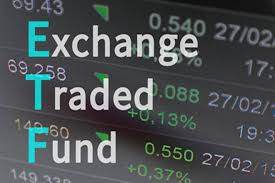Operation of ETFs
ETFs involve 3 main participants, namely the promoter, the trustee and the investor.

Participants
ETFs involve 3 main participants, namely the promoter, the trustee and the investor. The promoter and the founder of the fund product are usually the stock exchange or a large fund management company or securities firm. The trustee is entrusted by the promoter with the custody and control of all the assets of the equity trust portfolio. Because index-based ETFs use an indexed investment strategy, the trustee generally does not have to adjust the stock portfolio from time to time unless the index changes, but the The trustees of managed investment company ETFs have some freedom of disposition to make investment decisions. The trustee is generally a financial institution such as a bank or trust and investment company. The investors are institutions or individuals who purchase the ETFs.
Selection and simulation of the underlying index
The success of an index fund ETF offering is closely related to the choice of the underlying index. The underlying index should be an index that is widely used by a large number of market participants to reflect its representativeness and liquidity, and the underlying index The frequency of adjustments should not be so frequent as to affect the correlation between the portfolio of index stocks and the underlying index.
For the purpose of simulating the index, the sponsor will combine the constituent stocks of the underlying index and then combine the stock classes and weights that comprise the sample Delivery to the trustee to form the trust assets. When the index compiler makes an adjustment to the sample stocks or weights, the trustee must adjust the trust assets accordingly, while the The secondary market is bought or sold so that the net value of the ETF is always linked to the index.
Segmentation of construction units
The sponsor of an index-based ETF places the stocks that make up the underlying index into the trust as trust assets according to the weightings of the constituent indexes The volume of ETFs issued depends on the net value per constructed unit, which is then issued to investors through a trust as physical security. The highs and lows. With this equity portfolio asset splitting procedure, the net value of the ETF's units is tied to changes in P&L and the movement of the stock price index. The value of a constructed unit should be consistent with the trading habits of investors, not too high or too low, and the net value of a constructed unit is usually designed is a percentage of a standard index. The splitting of the structural units makes the minimum investment required for an investor to buy or sell an ETF much lower than the minimum investment required to buy a constituent of an index amount, achieving the objective of investing in the entire market at a lower amount, and facilitating value evaluation and market trading for investors.
Subscription and redemption of structured units
An important feature of ETFs is their unique dual-trading mechanism. ETFs themselves are traded in separate markets, in the primary market and the secondary market. In other words, ETFs provide investors with two different ways of trading: on the one hand, investors can trade in the primary market, and on the other hand, they can trade in the secondary market. ETFs, i.e., for subscriptions and redemptions; on the other hand, investors can trade ETFs in the secondary market, i.e., listed on the exchange .

